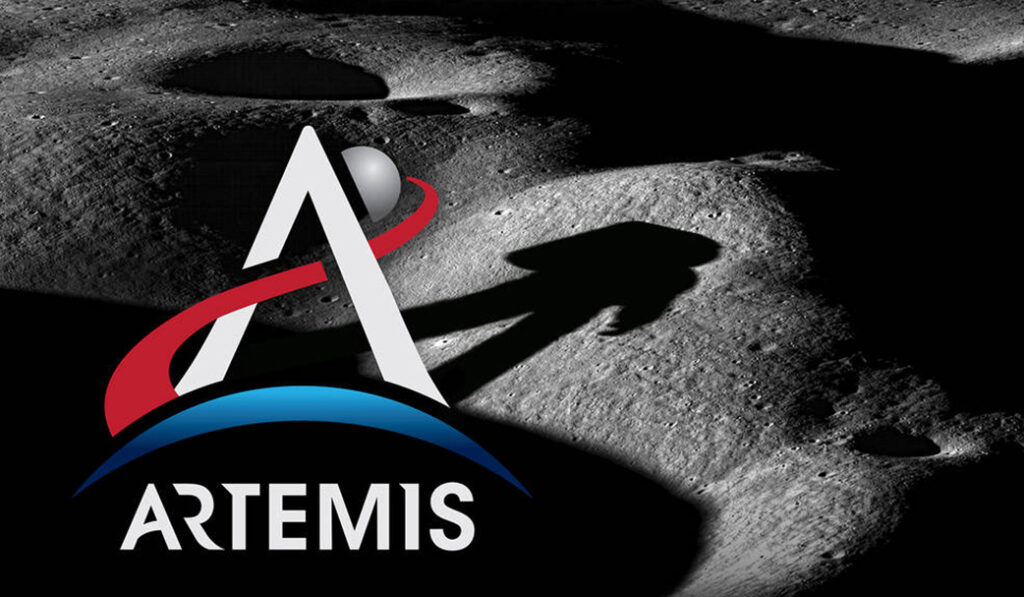Book Review: "Eight Years To The Moon"

Half a century ago we went to the Moon. We went from no human spaceflight capability to the ability to land people on another world in 8 years. “Eight Years To The Moon” by Nancy Atkinson chronicles the behind the scenes efforts required to accomplish this improbable task.
Suitcase-sized computers, monster rockets, and some good old fashioned flying would be required. NASA had all of the flying stuff. The other things – well, that is what this book covers.
The format is chronological – you follow the creation of this immense capability from scratch to reality – and you do so while looking over the shoulders – or sometimes the beer glasses, slide rules, or chalk boards – of the people who made this all happen.
The background painted by Atkinson is hauntingly familiar to me. As a young boy growing up in the 60s I watched these events unfold as I went from grammar school to high school. I often contracted mysterious illnesses every 2 months during the Gemini program requiring me to stay home from school to watch TV.
Later, in the early 1980s, I worked at the Rockwell Downey facility – previously known as North American Aviation – where the Apollo spacecraft was built. I was there in 1981 barely 6 years after the last Apollo flight (Apollo-Soyuz).
The remnants of Apollo were all around me. Indeed my first job was to sort through all of the reports to make sure at least one copy was archived. Some of the iconic paintings illustrating Apollo mission hardware and events were located 10 feet from my desk. There was an Apollo command module in the DEI room in Building 1. I forget which mission it flew. It was waiting to be sent to a museum. Like others who worked there I admit that I crawled inside of it more than once.
As such, reading this book – with its lavish collection of voting images of Downey and other locations – really brings the flavor of what it was really like to be there to the reader. As NASA stumbles in its attempts to build the SLS/Orion system today you really have to marvel at how the Apollo folks made it look so easy all those years ago.
But easy it wasn’t. Hundreds of thousands of people worked late for nearly a decade. Some people almost died. Some actually did die. When Apollo 11 got to the Moon alarms were howling. They missed their landing site and almost ran out of fuel. Mike Collins was peering through a small telescope from lunar orbit trying to find the LEM. Later as they returned to Earth the Command module narrowly escaped being hit by its Service Module as it was being torn apart during re-entry. But wait – you did not know that, eh? Well this book delves into this for the first time that I know of.
This mission could have easily ended in tragedy. But it didn’t.
Nancy Atkinson takes you deep into these events and many others in a very comfortable narrative style which is more personable than the somewhat stoic official recollections we’ve all read of those days. Her description of how all of these systems arose from ideas to hardware helps the reader understand both the frailty and the robustness of the solutions that Apollo designers settled upon.
The aim point of this book is what it took to get to the Apollo 11 landing. If there is one thing I’d have changed about this book it would have been to flesh out more detail of the other lunar missions as well as Skylab and Apollo Soyuz and how NASA sough to take this capability and do more. While America started to lose interest in the Moon once we’d done the landing, Apollo’s legacy was much more than flags and footprints. As described in this book, It was both a human and an engineering triumph.
For a brief moment America had a complex but operational ability to send people to another world. We no longer do. We really wish we did. Now we are trying to get it back and go to the Moon and pick up where we left off several generations ago.
Highly recommended.









Back when America had guts…
And money.
Two words: mandatory spending
It seems technologies are first items of interests but maybe it was more of allocation of resources and management of those. Yes, today’s cellphone more powerful than the Apollo guidance computer but the latter had a much bigger engine to ride on. There were two other major manned space programs, Soviets and USAF MOL, that put a lot of effort but didn’t quite meet expections. It seems Apollo could have easily ended like those programs.